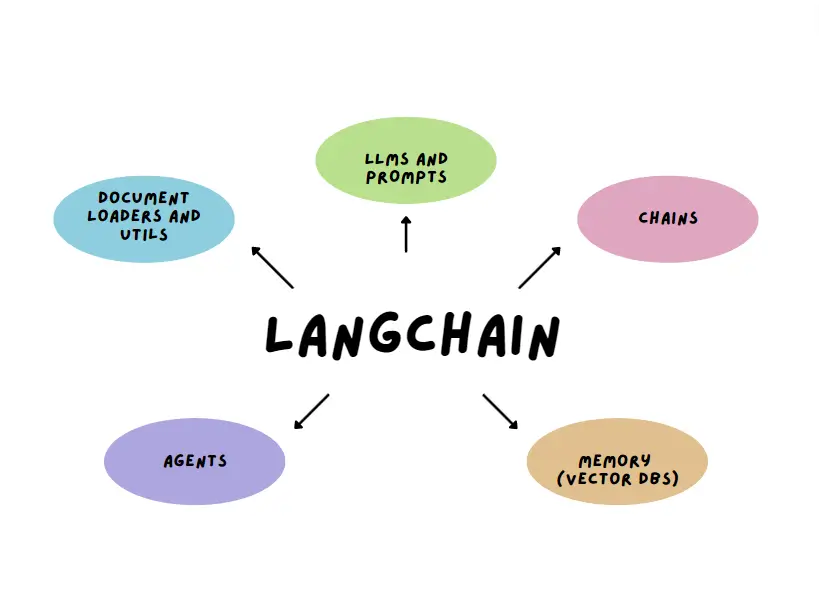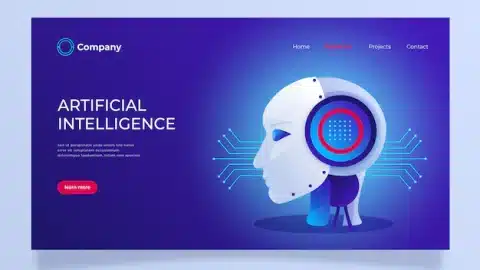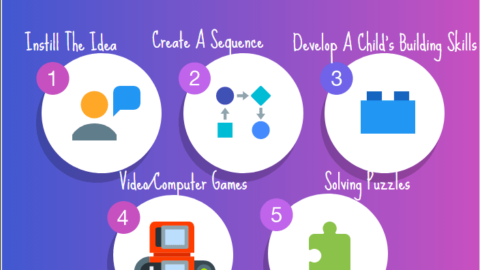Streamline Software Development with Generative AI
Generative AI is revolutionizing the world of software development, introducing developers, designers, and project managers to a new pack of tools to work with. Recent statistics underline this transformative trend. The O’Reilly 2023 Generative AI in the Enterprise report outlines a state where enterprise adoption of generative AI technologies is at a faster pace than any other technological innovation in recent history, as the rate stands at 67%. This increase in tool adoption points out major shifts for businesses that want to achieve growth and improve their competitive edge.
Table of Contents
Let’s explore how such a technology is streamlining software development today.
Enhancing Efficiency of Coding through AI
With the arrival of AI, efficiency in coding has gone through the roof. Innovative tools have changed the entire game, offering suggestions and code completions that any developer can use to speed up their coding process.
A standout in this realm is LangChain, a library that enables large language models (LLMs) to be integrated into applications. In general, it enables advanced natural language processing capabilities directly within the reach of developers, offering an easy way to leverage functionalities in their software and extending the periphery of coding efficiency further.
With the help of tools such as LangChain, developers have adopted a significant number of code suggestions, a trend that grows proportionally with their growing familiarity with the tool. Generative AI assistance helps to speed up the process of development and also to maintain best practices in terms of quality code with reduced anticipation of error.
How generative AI can be used in software development?
Some possible ways that generative AI can be used in software development are:
– Generating code snippets from natural language descriptions or examples.
– Creating test cases or debugging tools based on the code logic or functionality.
– Synthesizing documentation or comments from the code structure or annotations.
– Enhancing code quality or readability by applying best practices or style guides.
– Suggesting alternative solutions or improvements based on the code performance or requirements.
Will generative AI replace software developers?
Generative AI possesses remarkable capabilities in automating tasks and generating code, making significant strides in assisting software development processes. However, the complexity of software development, which includes creative problem-solving, domain-specific expertise, and ethical considerations, suggests that it is unlikely to entirely replace human software developers. While AI can streamline certain aspects of development and increase productivity, human developers bring essential skills such as critical thinking, adaptability, and ethical decision-making.
Further Understanding Generative AI in Software Development
Generative AI accounts for the application of machine learning models to software development, which could automate many routine tasks such as code writing, and designing interfaces, or doing some other tasks traditionally executed by humans.
Trained over large datasets, these AI models understand and reproduce patterns in code or design thanks to the immense number of examples they are exposed to. They can generate whole code snippets, suggest improvements or design user interfaces from simple descriptions. These changing capabilities are not only transforming the way people work. But also redefining the whole process of how software is designed, crafted, and made to become much faster, more creative, and more efficient in its functioning.
Streamlining Software Design and Prototyping
Generative AI does not stop at code generation, it’s also implemented into the design and prototyping phase of software development. In an AI-driven design, the tools understand the requirements for a well-crafted design and generate intuitive user interfaces.
Through this technology, the time and effort invested in the design phase is significantly reduced. AI also enables rapid prototyping from the user’s perspective, allowing teams to continuously iterate on their design ideas. This iterative process facilitates immediate feedback and the refinement of concepts, thereby streamlining the entire design phase.
Quality Assurance and Bug Fixing with AI

QA and bug-tracking tools leverage AI capabilities to analyze code, detect potential issues, propose solutions, and even incorporate automated scripts into testing processes. This represents a significant undertaking aimed at upholding quality control throughout the code production phase.
In addition, automated testing ensures that any newly added code does not break the existing functionality. It leverages AI to create and run tests that rigorously check new and existing code for errors and inconsistencies without human intervention. This process is not only faster but also more comprehensive than manual testing. As AI can quickly analyze large volumes of code with precision. Automated tests can be run repeatedly at any time. Hence, ensuring that any changes or additions to the code do not introduce new bugs or regressions.
Challenges and Risks to Overcome
Integration of generative AI into software development is not without its own set of challenges. This raises concerns about the accuracy, security, and ethical use of AI. Moreover, the potential dependency on AI tools may lead to a skills gap, where developers might lose proficiency in fundamental coding skills.
Inclusion of such tools in the development workflow is imperative but it must be done with utmost care. So they can reinforce human skills rather than replace the most crucial features of human developers—thoughtful judgment and creative problem-solving. It’s essential to establish a balance where AI acts as an enabler rather than a substitute. And fostering an environment where technology and human expertise coexist and complement each other.
Conclusion
With the help of generative AI, software development is revolutionizing itself with efficient processes and higher productivity. In the future, developers and businesses need to attain in-depth knowledge of these advanced tools and technologies. So they can be in use responsibly, effectively, and ethically. It is important to keep up with this transformation not only to be current concerning technology developments. But also to shape the future of software development.

Business Developmeny Manager at PAS InfoCom Technologies Ltd. Experienced in project management with a demonstrated history of working in the information technology and services industry.











